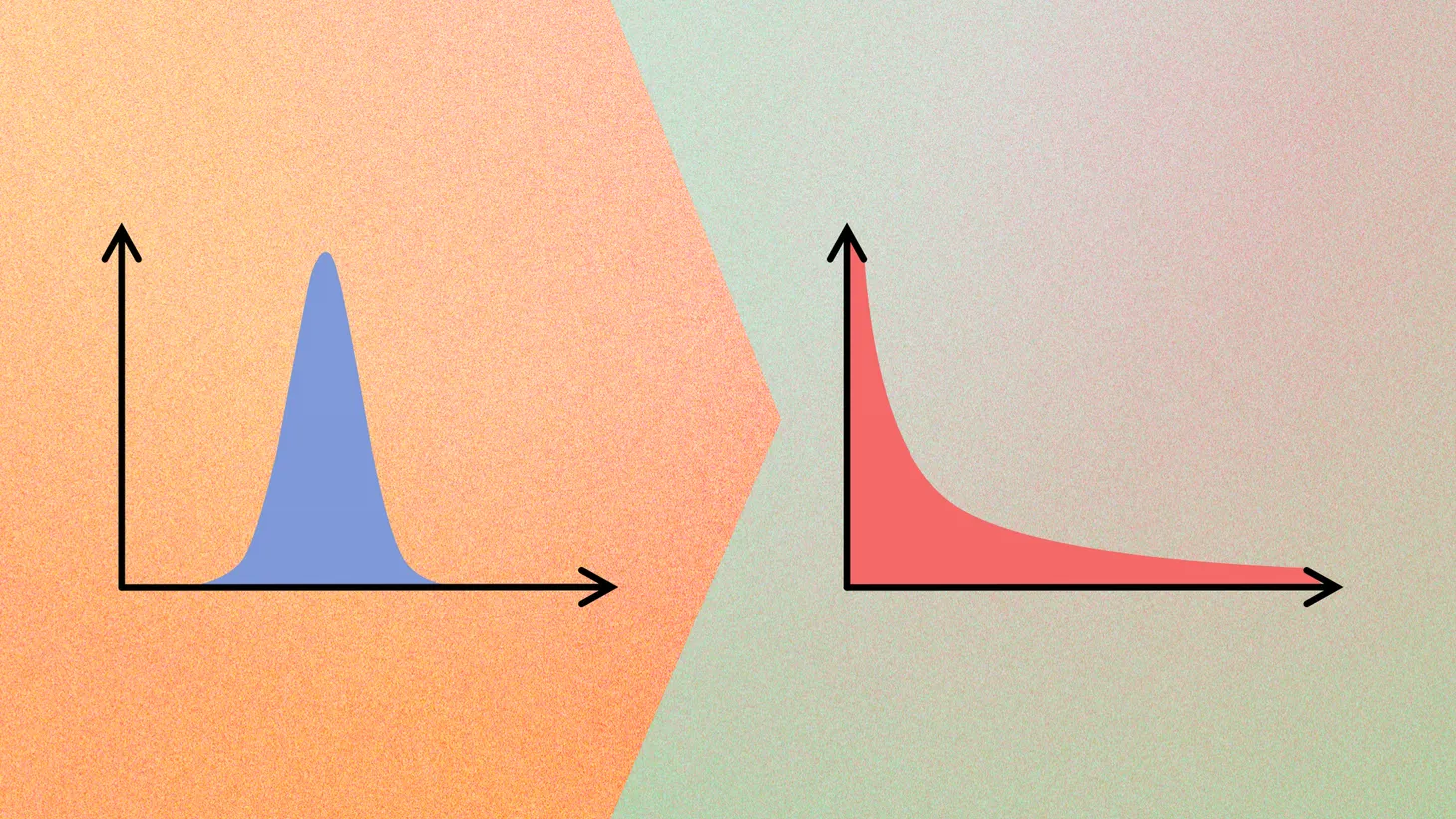Productivity and Inequality

Yesterday, I wrote about the 50-fold increase in the productivity of manual laborers in the 20th Century. In the decades ahead, experiments with new work arrangements are expected to lead to similar increases in the productivity of knowledge workers.
But there is a key difference between manual labor and knowledge work. Knowledge work is scalable while manual labor isn't. As a result, increases in productivity tend to benefit most manual laborers but only a minority of knowledge workers.
Let me explain.
In the industrial world of manual labor, output is a function of input: More work results in higher production. An increase in productivity affects the amount of output for a given unit of output, but it doesn't change the basic equation. And so, as the productivity of manual laborers increased, so did their pay — because they could now deliver more goods per hour.
The increase in output led to the rise in the salaries of millions of people. And the increase in wages meant more people could afford to buy the goods they themselves were producing. In post-World War II America, factory workers could afford to buy cars and TVs and frigidaires that their employers were bringing to market. This resulted in an era of unprecedented prosperity.
That era has ended for a variety of reasons. Depending on your politics, these reasons are globalization, too much or too little immigration, limited investment in public education and infrastructure, lack of regulation, too much regulation, etc.
But ultimately, developed economies increasingly rely on knowledge work (and services). In knowledge work, the input-output relationship is not linear. More input does not necessarily produce more output; sometimes, it produces nothing. Let's assume three different companies are trying to develop a new app, advertising campaign, or exotic financial product. The number of people their "throw" at the project is not the key factor in determining whether the project succeeds (or even gets built at all).
When it comes to knowledge work, a single person or small team can often outgun a much bigger team. In the 20th Century, a group of five people could not have produced and sold more cars than General Motors. But in the 21st Century, a single person can produce a video that gets more views than Disney or launch a cosmetics brand that competes head-on with L'Oreal.
Knowledge work is scalable in ways that manual labor isn't. This is most evident in the case of superstars like Kylie Jenner and Mr. Beast, but it is also visible in professions such as law, medicine, finance, and software development. It is even visible in some manual professions that have been upended by technology — Pelton instructors reach more people and earn 12-times more than their offline peers, and some strippers on OnlyFans make millions per month while their offline colleagues earn less and face constant risk of verbal and physical abuse.
The operative word in the previous sentence is "some." We live in a world where one person can produce and distribute something that 100 million people pay for. This is an incredible increase in productivity. But this increase is not spread equally. On average, fitness instructors and strippers are already 50 times more productive than they were 20 years ago. But when you move beyond averages, you realize that a few dozens of them are 5000 or 50,000 more productive, while the productivity of 99.9% of their peers has not changed.
In the industrial world, the increase in manual labor productivity meant the emergence of a broad middle class that can (could) afford to live with dignity. In the post-industrial world, the increase in knowledge worker productivity is likely to result in something very different.
Dror Poleg Newsletter
Join the newsletter to receive the latest updates in your inbox.




